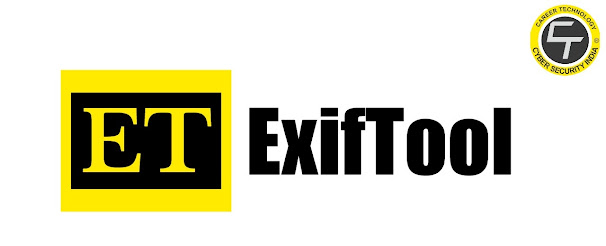Tcpxtract – Extract Files from Network Traffic AKA Carving
.jpeg)
Tcpxtract – Extract Files from Network Traffic AKA Carving Last updated: September 9, 2015 | 15,075 views tcpxtract is a tool for extracting files from network traffic based on file signatures. Extracting files based on file type headers and footers (sometimes called “carving”) is an age old data recovery technique. Tools like Foremost employ this technique to recover files from arbitrary data streams. tcpxtract uses this technique specifically for the application of intercepting files transmitted across a network. Other tools that fill a similar need are driftnet and EtherPEG. driftnet and EtherPEG are tools for monitoring and extracting graphic files on a network and is commonly used by network administrators to police the internet activity of their users. The major limitations of driftnet and EtherPEG is that they only support three filetypes with no easy way of adding more. The search technique they use is also not scalable and does not search across packet boundries. tcpxtract fe

.jpeg)
.jpeg)



.jpeg)
.jpeg)
.jpeg)
.jpeg)
.jpeg)
.jpeg)

.jpeg)
.jpeg)
.jpeg)
.jpeg)

.jpeg)
.jpeg)
.jpeg)
.jpeg)
.jpeg)
.jpeg)
.jpeg)
.jpeg)

.jpeg)
.jpeg)
.jpeg)